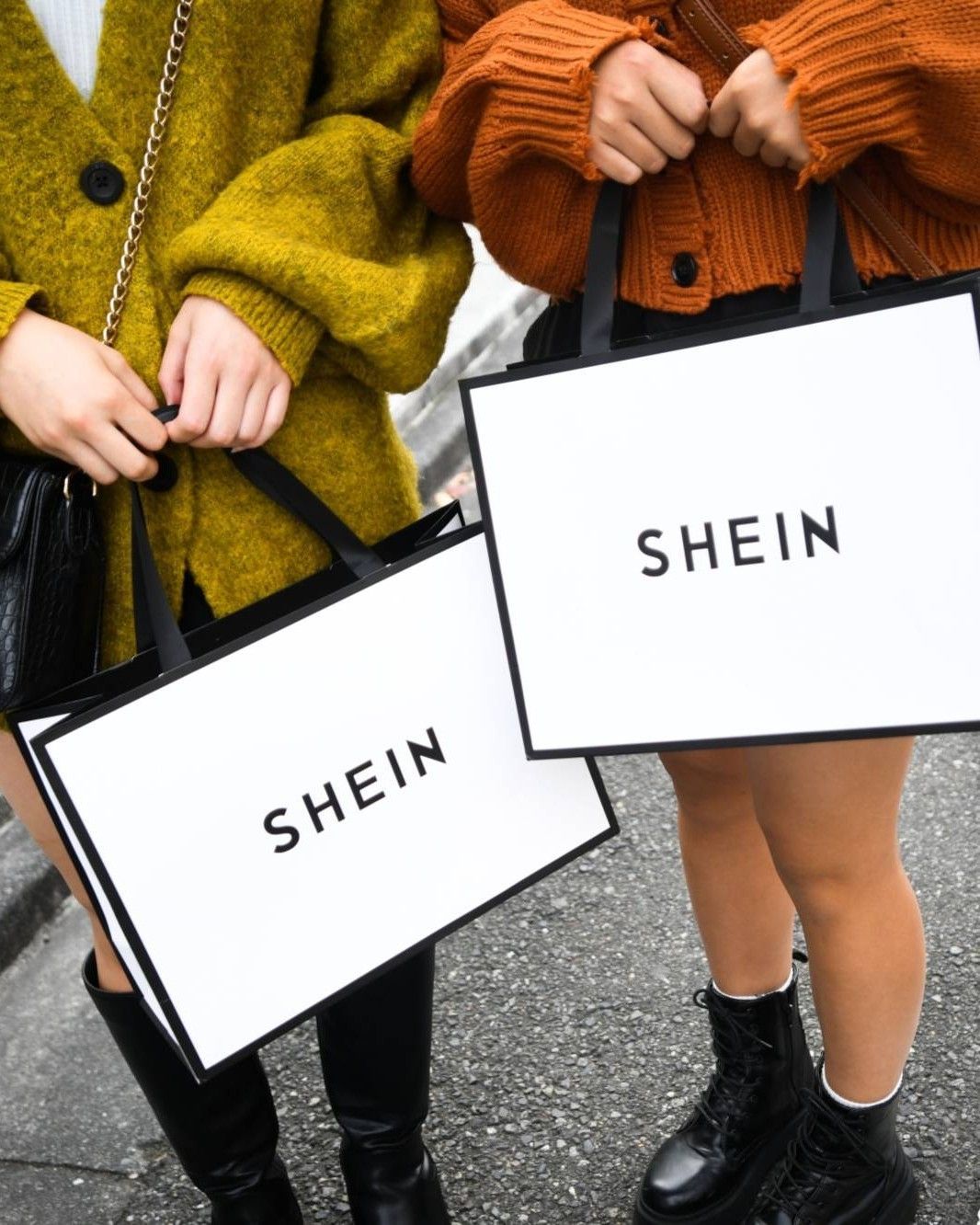
What is greenhushing? Why more brands than ever are choosing not to share their sustainability goals
When it comes to sustainable fashion, there seems to be no middle ground for big brands. If until recently the accusation of the moment was greenwashing, a communication strategy implemented by companies to falsely claim to be sustainable - often through green packaging, hence the term greenwashing - but now the new trend seems to have become greenhushing, namely the complete exclusion of any reference to brands' environmental impacts and goals, a phenomenon on the rise that, like greenwashing, is better to avoid following. Now that governments have begun to turn their attention to eco-advertising by studying new legislations against false marketing claims, and as more and more eco-influencers and transparency tests are exposing brands that lie about their green practices, companies are shying away, preferring to keep quiet about topics that, however uncomfortable, are constantly ending up in the spotlight. According to South Pole's 2022 Net Zero report, more and more companies are adopting concrete goals to improve their practices, but out of 1,200 organisations surveyed, 25 per cent do not communicate this. «Going green, then going dark,» reads the report.
The term greenhushing is becoming popular this year, but it has existed since 2008, coined by brand strategist Jerry Stifelman and environmental author Sami Grover on the blog Treehugger.com. A practice that existed long before the arrival of greenwashing, and which has become more prevalent in recent times as a result of the increased media traction the latter has received - more and more brands are being accused of making false claims about sustainability and even scamming customers about their circularity and recycling plans - greenhushing is a way for companies to avoid their environmental responsibilities by omission, thus avoiding strict scrutinies. According to Fashion Revolution's latest report, brands that failed to submit to this years' Fashion Transparency Index are on the rise. And although greenhushing is less harmful than greenwashing, it is still a problem of international concern. At the Global Fashion Summit last June, the CEO of Global Fashion Agenda, Federica Marchionni, mentioned the phenomenon and highlighted the risks it could pose in the future. «We need to support those who are making changes,» she said of the growing number of brands refusing to work on sustainability for fear of harsh audits, «to prevent the escalation of greenhushing, and emphasise the value of sustainability by highlighting those that are doing good.»















































